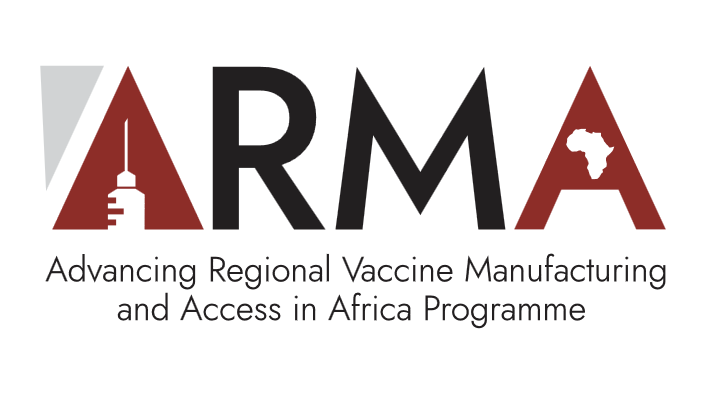Zimbabwe
Demographics
Zimbabwe’s current population is 16.4 million as of 2023.10 The prevalence of TB was estimated to be 292 cases per 100,000 residents in Zimbabwe. Over the past years, the prevalence of HIV among adults between the ages of 15 and 49 has declined from 29.7% in 1997 to 14.7% in 2015. This was primarily due to behavior changes. Nevertheless, this puts Zimbabwe among the 30 countries with the highest TB, TB-HIV, and drug-resistant TB disease burdens. At the moment, there are no statistics on the burden of disease for non-communicable diseases. However, Zimbabwe is facing a double burden of communicable and non-communicable diseases (World Health Organization, 2018b). In 2021, the vaccination coverage rate for the third dose of the DTP-containing vaccine, Hepatitis B, Haemophilus influenzae type B, was 86%. BCG also had a vaccination coverage rate of 88% in 2021 (World Health Organization, 2022).
Guidelines and Regulations
Laws
Policies
Pharmaceutical Market
The Medicines and Allied Substances Control Act, an Act of Parliament, created the Medicines Control Authority of Zimbabwe (MCAZ). The MCAZ is responsible for the protection of the public health of people and animals. It ensures the safety, effectiveness, and quality of accessible medicines, allied substances, and medical devices through the enforcement of adherence to standards by manufacturers and distributors (MCAZ, no date). As of 2022, Zimbabwe has eight pharmaceutical drug manufacturers for human medicines. These manufacturers produce oral solids and liquid dosage forms. Furthermore, Zimbabwe has two plants for the production of parenteral drugs. Nevertheless, these plants are currently not in operation. At the moment, Zimbabwe relies heavily on the importation of pharmaceuticals, of which a large percentage is procured and donated by international agencies like the Global Fund, the US Government, and other donors. By 2014, local pharmaceutical manufacturers held less than 10% of the domestic market share (UNIDO, 2019).
Vaccination Manufacturing Capacity
Zimbabwe does not produce vaccines for human use as of June 2023 (BCG and Biovac, 2023) (Saied et al., 2022).








